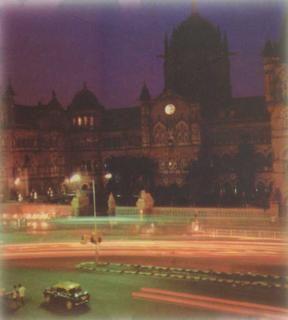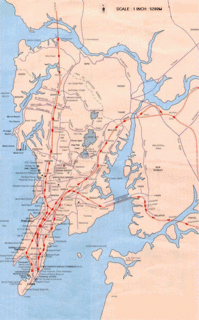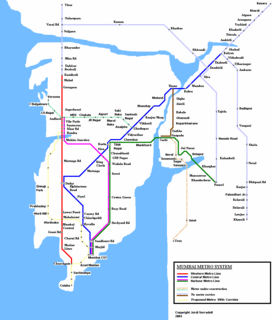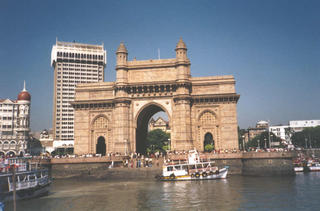
City of Mumbai, Maharashtra, India
Geographical Coordinates
N18 55 23 E72 50 04
The Chhatrapati Shivaji Terminus, formerly known as Victoria Terminus in Mumbai, is an outstanding example of Victorian Gothic Revival architecture in India, blended with themes deriving from Indian traditional architecture. The building, designed by the British architect F.W. Stevens, became the symbol of Bombay as the ‘Gothic City’ and the major international mercantile port of India. The terminal was built over ten years starting in 1878 according to a High Victorian Gothic design based on late medieval Italian models. Its remarkable stone dome, turrets, pointed arches, and eccentric ground plan are close to traditional Indian palace architecture. It is an outstanding example of the meeting of two cultures as British architects worked with Indian craftsmen to include Indian architectural tradition and idioms forging a new style unique to Bombay.
Chhatrapati Shivaji Terminus of Mumbai (formerly Bombay) exhibits an important interchange of influences from Victorian Italianate Gothic Revival architecture, and from Indian traditional buildings. It became a symbol for Mumbai as a major mercantile port city on the Indian Subcontinent within the British Commonwealth.
Chhatrapati Shivaji Terminus is an outstanding example of late 19th century railway architecture in the British Commonwealth, characterized by Victorian Gothic Revival and traditional Indian features, as well as its advanced structural and technical solutions.










